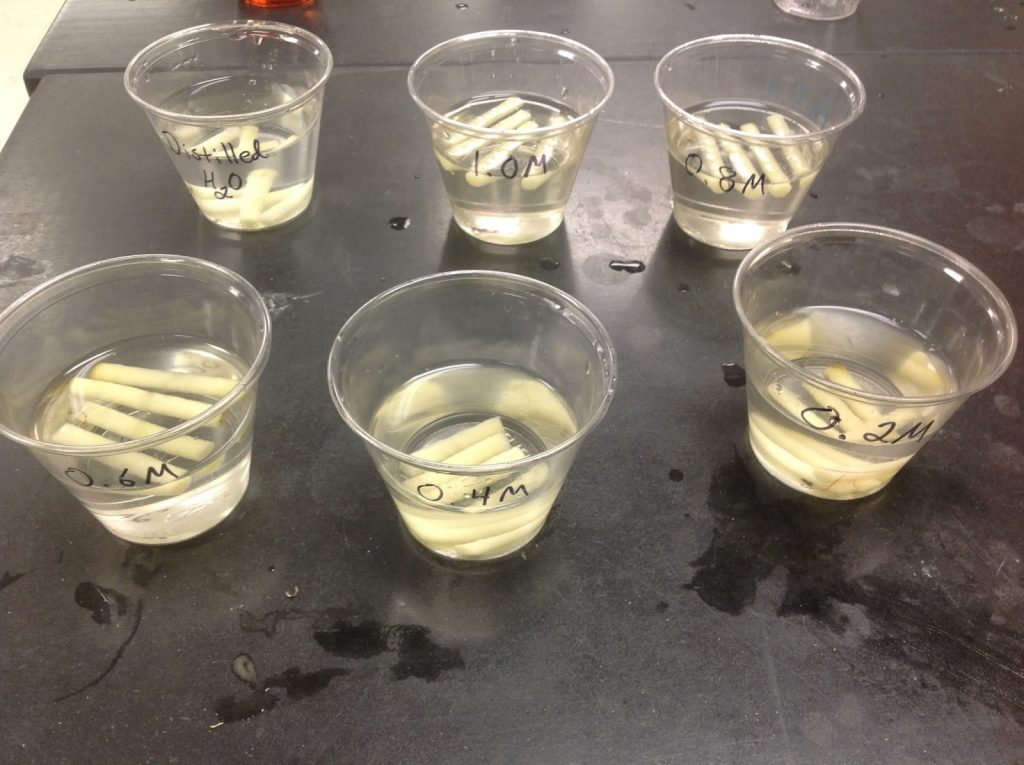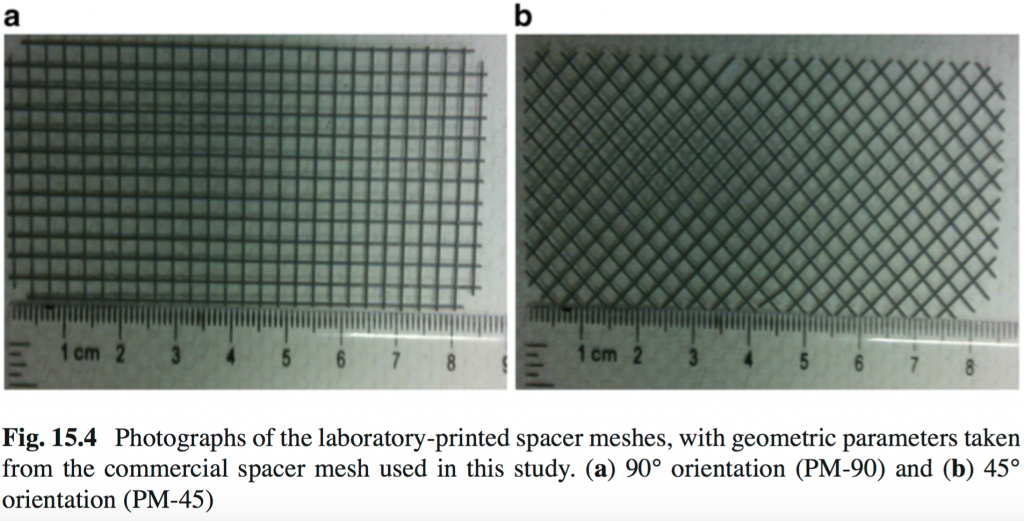3D printed filters bring more drinking water to Mexico
Nov 29, 2016

As The Rime of the Ancient Mariner goes: ‘Water, water, everywhere, / Nor any drop to drink’. When written in 1797, Coleridge couldn’t have foreseen how telling those words would be in 2016. About one fifth of the world’s population currently live in regions where water is scarce, and the struggle to attain it has caused much tensions between governments and their people. Sonora in Mexico is one such region, and researchers from the Sonora Institute of Technology have decided to do something about it by performing reverse-osmosis with the help of 3D printed filters.
The process of osmosis

If you ever did the potato experiment in school, you’ll remember that osmosis is when water molecules move to where they are needed – e.g. from a test tube into a potato soaked in sugar, rather than from the test tube into a potato that hasn’t been soaked in sucrose and therefore has a higher water content. Reverse-osmosis is then by definition the process of extracting water out of a solution, i.e. out of salt water. In order to do this, water is passed through a filter at a pressure higher than osmotic pressure.
Flaws of the system
The problem is these filters, or semipermeable membranes, gain a build-up of unwanted detritus on the surface, that eventually breaks them down and makes them unusable. One way of helping to solve this problem is by using a spacer mesh in the hollow tubes used to channel the pressurized seawater.

In the paper titled, Fouling Modeling and Optimization of Membrane Module Design for Brackish and Seawater Desalination in the Mexican Pacific Coast: Project Description and Progress, Gustavo Adolfo Fimbres-Weihs, Jesús Álvarez-Sánchez and Eulises Villegas-Álvarez have explored the 3D printing of a spacer mesh to help reduce the cost, time and risk in simulating the process reverse-osmosis, and fill in some of the collective gaps in knowledge about how molecules move through a semipermeable membrane.
To be continued…
The research by the team continues with the support of the Mexican National Science and Technology Council (CONACyT). Their overall aim is to help develop the Sonora Institute of Technology’s commitment to the field of Environmental Process and Engineering, and to develop a strategy for reverse-osmosis membranes on the Pacific Coast of Mexico.
Source: 3D Printing Industry